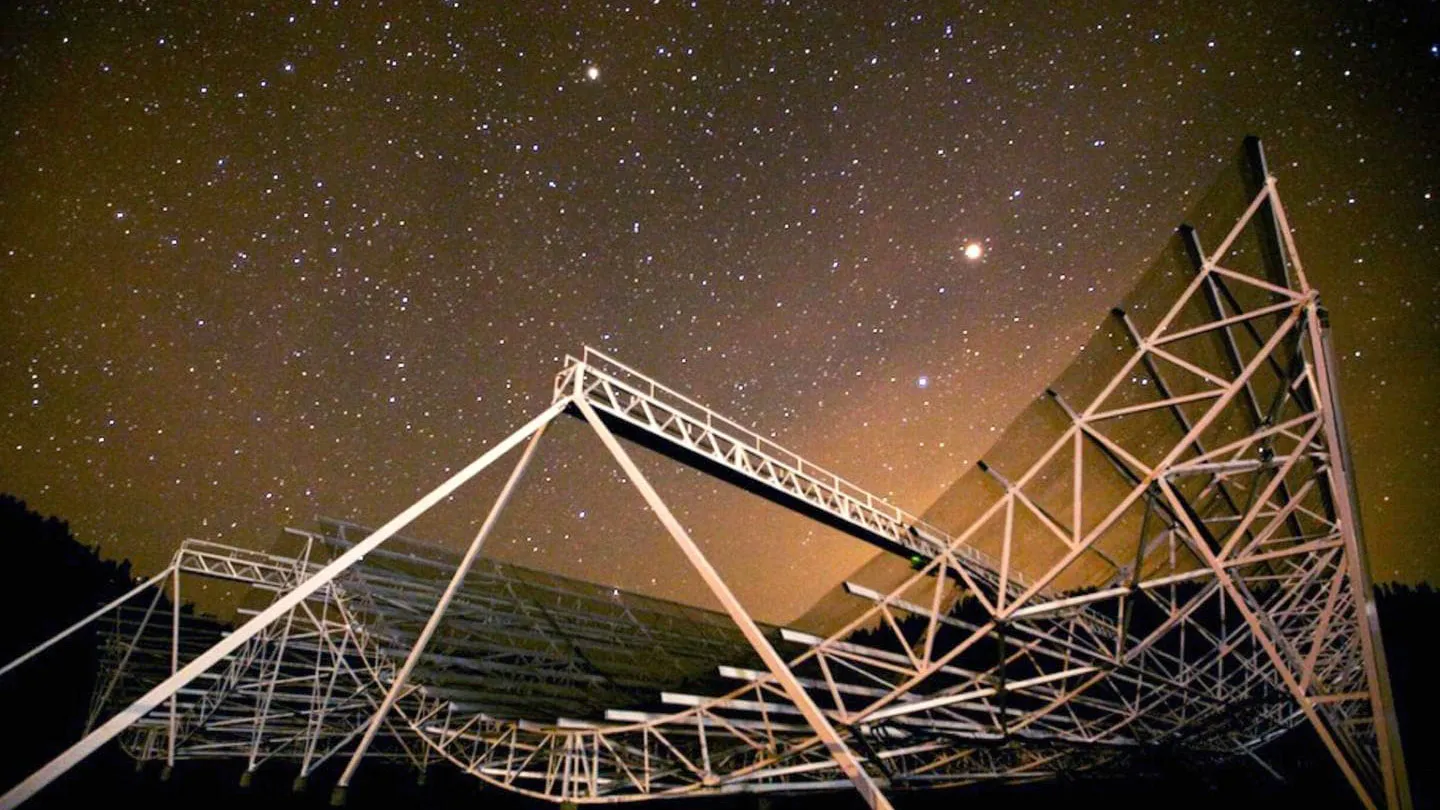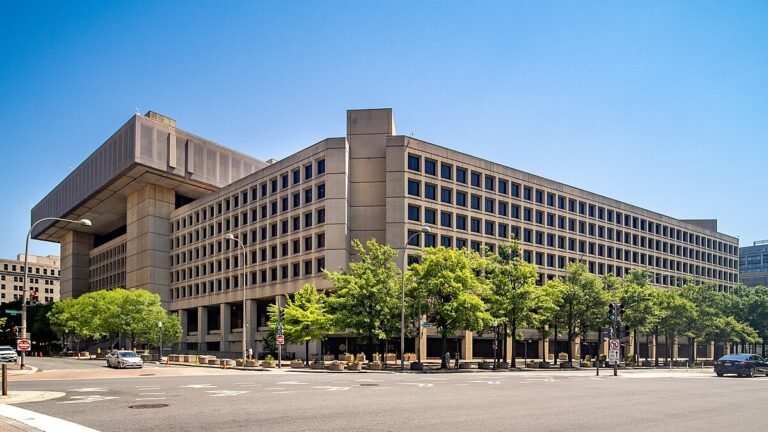Astronomers Discover Unexpected Fast Radio Burst From Inactive Galaxy!
Astronomers have made a fascinating discovery that’s challenging everything we thought we knew about fast radio bursts (FRBs). These high-energy, millisecond-long bursts of radio waves are typically associated with galaxies actively forming new stars. But a recent FRB detected in February 2024 defies that expectation, as it came from a galaxy that has ceased star formation.
The Surprising Discovery
The FRB, known as FRB 20240209A, was detected 11.3 billion light-years away, originating from a galaxy that has long stopped forming new stars. This makes it the first known FRB from such a galaxy, completely reshaping our understanding of these energetic bursts.
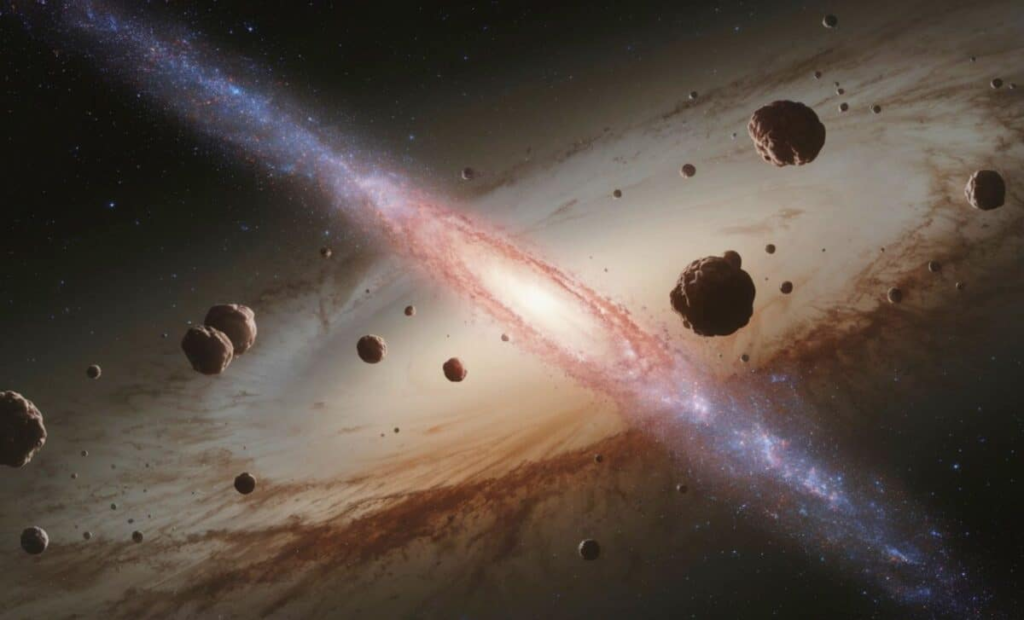
The discovery, published in The Astrophysical Journal Letters in January 2025, has raised eyebrows in the astronomical community. The source of FRBs has always been linked to active, young galaxies, but this new finding is showing that FRBs can emerge from galaxies where no new stars are being born.
What is a Fast Radio Burst?
Fast radio bursts are brief, intense bursts of radio waves that last only milliseconds. First discovered in 2007, FRBs have become one of the most mysterious phenomena in astronomy. They are typically linked to young, dynamic environments in space where stars are forming at rapid rates.
Most FRBs come from distant galaxies still actively creating Radio new stars, but the new discovery challenges this idea. The galaxy from which FRB 20240209A originated hasn’t produced stars in billions of years, which makes this burst all the more puzzling.
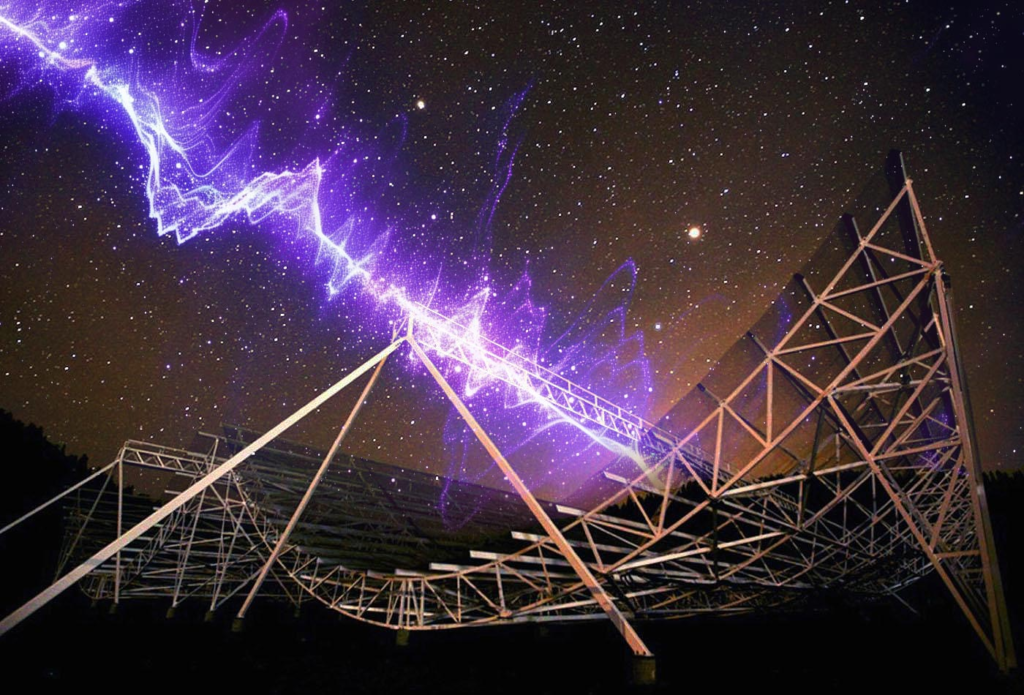
The Role of CHIME and Telescopes
The Canadian Hydrogen Intensity Mapping Experiment (CHIME) played a crucial role in locating FRB 20240209A. By combining data from multiple telescopes, the team was able to pinpoint the burst’s origin to the outskirts of this ancient galaxy.
What’s even more surprising is the distance of this burst from its galaxy. FRBs are generally thought to originate from star-forming regions that are located much closer to the galaxy’s center. However, this burst is the furthest known from its galaxy, challenging the traditional view that FRBs are tied to active star-forming regions.
Rethinking FRB Origins: Could They Come from Old Star Clusters?
One of the most exciting aspects of this discovery is the suggestion that the burst could have come from a globular cluster—a dense region of ancient stars outside galaxies. Globular clusters are known for containing some of the oldest stars in the universe, and if this burst is confirmed to have come from such a region, it would be only the second known instance of an FRB linked to a globular cluster.
Globular clusters typically don’t experience the high rates of star formation seen in active galaxies, so the possibility that an FRB could originate from one raises intriguing questions about how and where these bursts occur.
Challenging Current Theories
This discovery casts doubt on existing theories that tie FRBs to phenomena in star-forming galaxies, such as young magnetars—highly magnetized neutron stars—believed to be the primary cause of FRBs.
“This result challenges existing theories that tie FRB origins to phenomena in star-forming galaxies,” said Vishwangi Shah, a graduate student at McGill University. The team suggests that the FRB may have originated from a magnetar in a globular cluster, which would open up new possibilities for understanding these mysterious bursts.
The Future of FRB Research
The team behind the discovery is continuing their research to refine the origins of FRBs, and new tools are being developed to help track these bursts more effectively. The addition of outrigger telescopes to CHIME will allow astronomers to expand their search for even more FRBs and continue to refine their understanding of where these bursts come from and how they are formed.
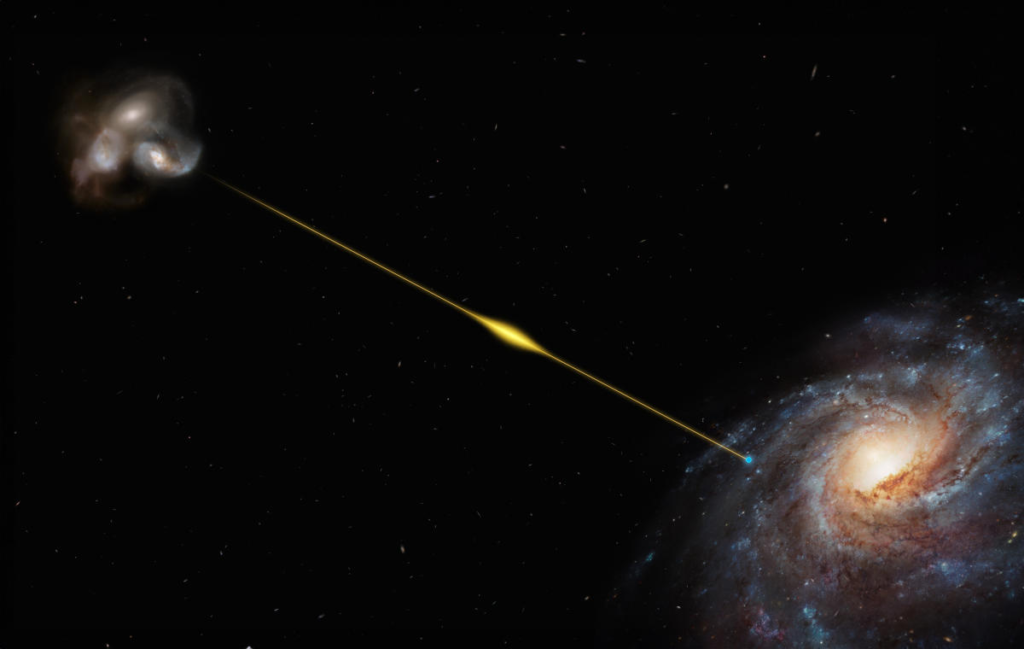
As researchers delve deeper into the mysteries of FRBs, this unexpected discovery has opened up new avenues of exploration. The possibility that FRBs might originate from globular clusters or other unusual sources challenges long-held assumptions and paves the way for new insights into the universe’s most enigmatic phenomena.
Conclusion
The discovery of FRB 20240209A from an inactive galaxy marks a significant turning point in the study of fast radio bursts. It challenges traditional theories and opens up new possibilities for understanding the origins of these fascinating cosmic events. With the ongoing work of astronomers and the help of cutting-edge technology, we may soon have a clearer picture of where and how FRBs form—and what they can teach us about the universe.

